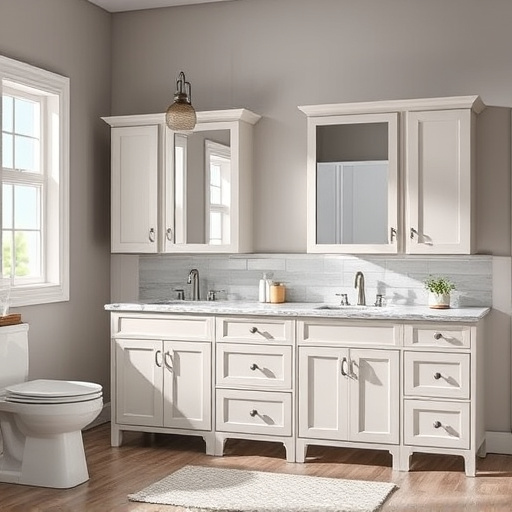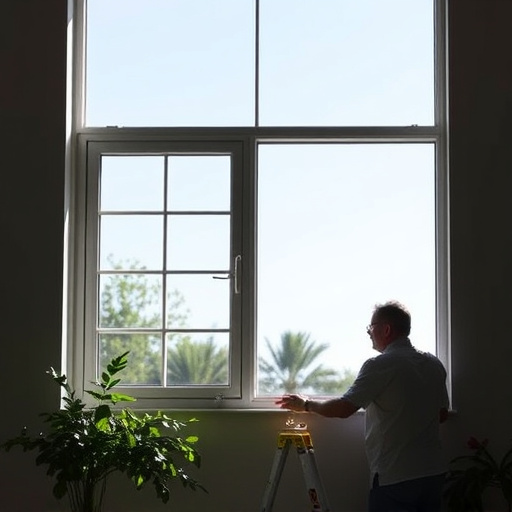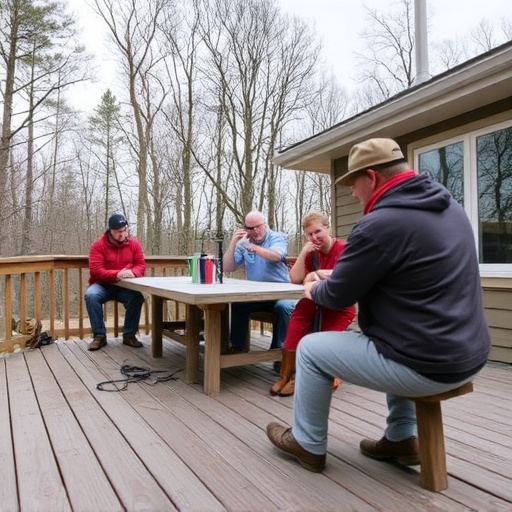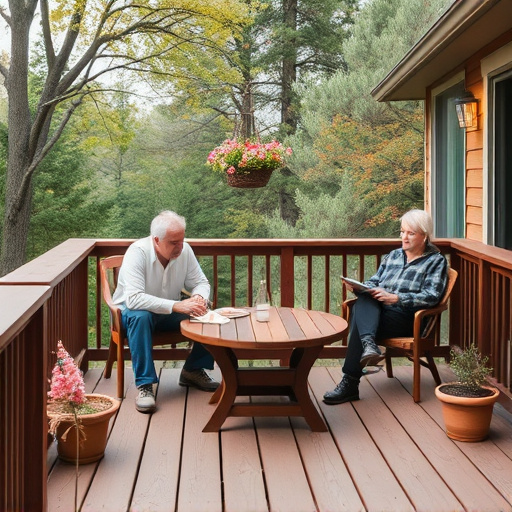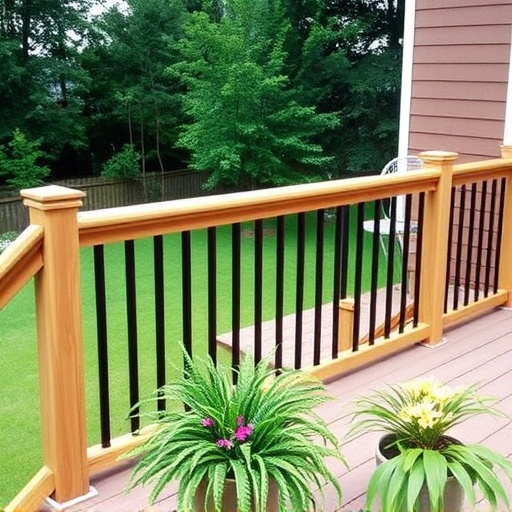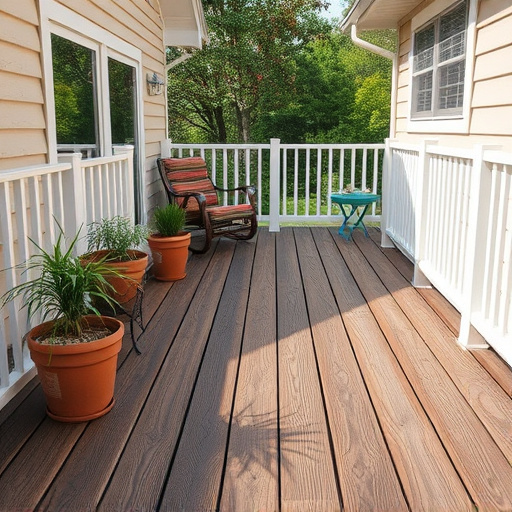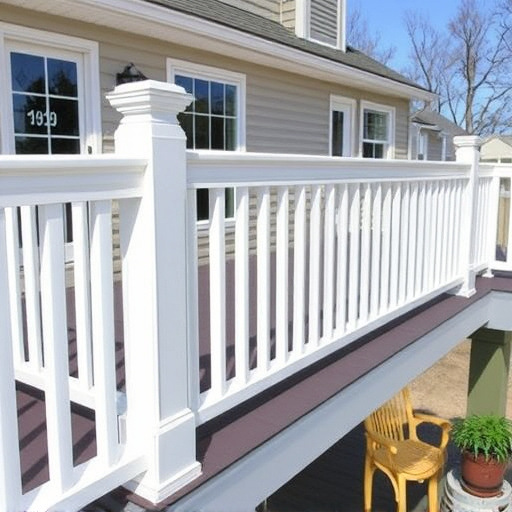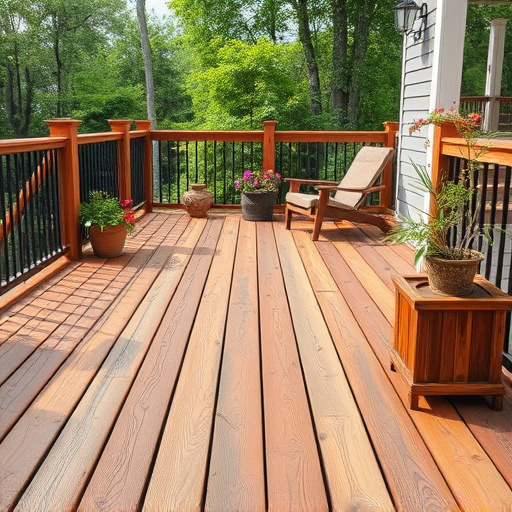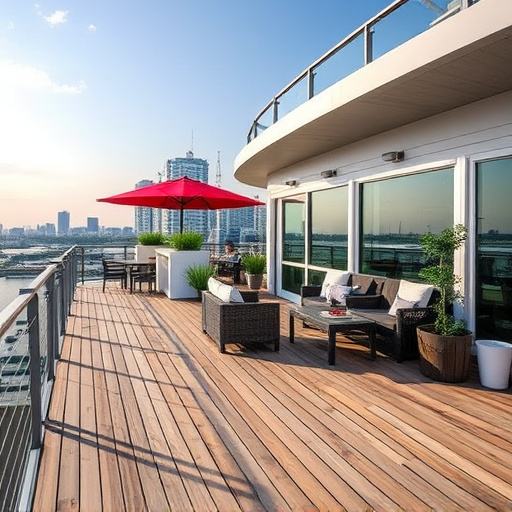When designing deck stairs for coastal or windy areas, choose durable, weather-resistant materials like treated wood, composite decking, or metal alloys for longevity against salt air and extreme conditions. Prioritize stability with wide treads, robust railings, and anchors, and implement strategic structural design to resist high winds. Integrate aesthetic elements seamlessly through material complementation, color, texture, and style while ensuring low maintenance and durability. Regular inspection and maintenance are crucial for safety and structural integrity.
“Enhance your coastal or windy area’s outdoor living space with durable and wind-resistant deck stairs. This comprehensive guide explores essential aspects of creating safe, stable, and aesthetically pleasing stair solutions for your deck. From material selection to design tricks and seamless integration with your deck layout, discover ideas that cater to both functionality and style. Optimize your deck stairs for longevity and beauty in challenging climates.”
- Choosing the Right Materials for Durability and Safety in Coastal Environments
- Designing Stairs for Stability and Wind Resistance: Tips and Tricks
- Integration with Deck Design: Creating a Seamless and Esthetically Pleasing Look
Choosing the Right Materials for Durability and Safety in Coastal Environments
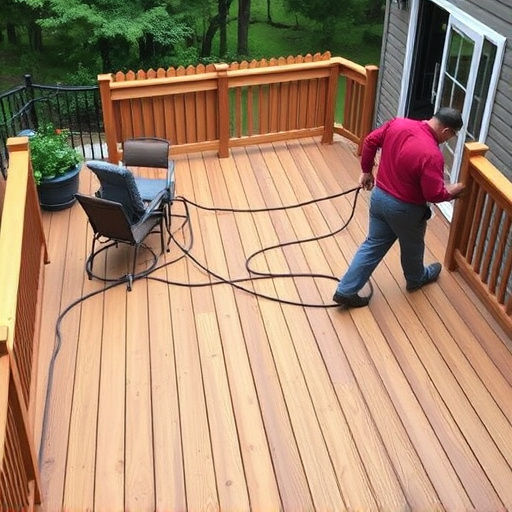
When designing deck stairs for coastal and windy areas, selecting the right materials is paramount to ensure durability and safety. In such environments, where salt air, extreme weather conditions, and strong winds are common, choosing weather-resistant and corrosion-free options becomes crucial. Materials like treated wood, composite decking, or even metal alloys specifically designed for exterior use are ideal choices. Treated wood, for instance, is infused with preservatives that protect against rot and insect damage, making it a popular and cost-effective option for deck stairs. Composite decking, on the other hand, offers superior resistance to fading, cracking, and warping, providing both longevity and low maintenance.
Furthermore, considering exterior home improvements like siding and gutters, along with robust commercial roofing solutions, can significantly contribute to the overall structural integrity of your deck stairs. Properly installed siding and gutters prevent water accumulation, which is a common issue in coastal regions, reducing the risk of damage to stair components over time. Commercial roofing materials designed for high-wind areas ensure that your deck stays secure during storms, complementing the durability of your chosen stair materials and contributing to a safe and sturdy outdoor living space.
Designing Stairs for Stability and Wind Resistance: Tips and Tricks
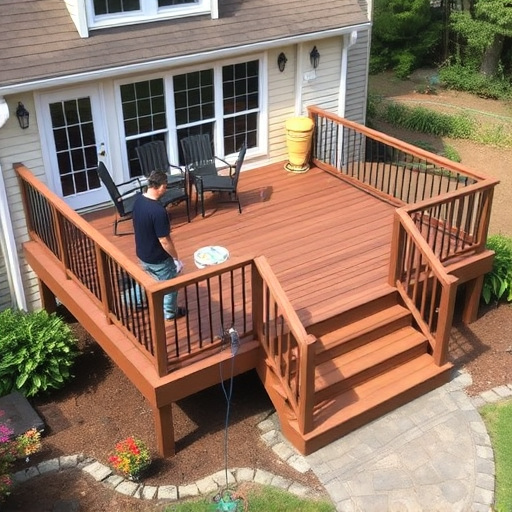
When designing deck stairs for coastal or windy areas, stability and wind resistance are paramount. The key to achieving this lies in both the materials chosen and the structural design. Opting for robust, securely fastened railings is essential, as they provide much-needed support against strong winds. Wide stair treads made from non-slip materials like wood or metal are also crucial, as they offer better footing and prevent accidents.
Consider a sturdy, wind-resistant handrail system that runs the length of the stairs, securely attached to both the steps and the deck for maximum stability. Additionally, using anchors and bolts to fasten the stair components to the underlying structure (like roofing or siding) can significantly enhance their resistance against high winds. Regularly inspect and maintain these features, especially after storms or harsh weather events, ensuring that all repairs, including roof repair or siding replacement, are handled promptly to preserve both safety and structural integrity.
Integration with Deck Design: Creating a Seamless and Esthetically Pleasing Look
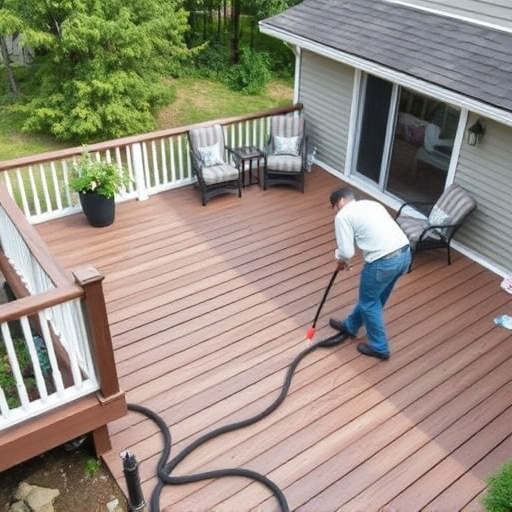
When designing deck stairs for coastal or windy areas, integration with the overall deck design is crucial to achieve a seamless and esthetically pleasing look. The choice of materials should complement both the existing deck and the surrounding environment, aligning with the aesthetic of coastal living. For instance, natural wood tones can add warmth and charm, while metal balusters offer a modern touch and enhanced safety features in windy conditions. Careful consideration of color, texture, and style ensures that the stairs become an integrated element rather than a separate, jarring addition.
Moreover, functional considerations like durability and low maintenance are essential for exterior home improvements in such regions. Robust decking materials resistant to moisture and salt spray from the sea, coupled with proper drainage systems, can prevent rot and ensure long-lasting performance. Regular siding replacement or upgrades, especially around stairwell areas, further fortify the structure against the harsh coastal climate. These thoughtful design and implementation strategies not only enhance the overall curb appeal but also contribute to the safety and longevity of your deck stairs.
When designing deck stairs for coastal and windy areas, prioritizing durability, stability, and aesthetics is key. By selecting the right materials, implementing wind-resistant design strategies, and integrating staircases seamlessly with overall deck aesthetics, you can create a safe and visually appealing space that stands the test of time. Remember, functional and well-designed deck stairs are essential for any coastal property, offering both accessibility and a stylish focal point.






